Sometimes people say that today’s games don’t measure up to the old ones and don’t offer much besides visuals. But what if modern visuals could be added to classic games that are even twenty years old? NVIDIA’s RTX Remix technology (or software) is supposed to do just that, making it relatively easy to add better graphics to even very old games using a mod – including raytracing effects and things like DLSS or DLAA. Let’s see how it works. Read more “Ray tracing for old games: NVIDIA RTX Remix tested”
Category: Graphics
Nvidia DLSS (3.5) in Alan Wake II. When does the game run best?
Alan Wake II is the first game to support Nvidia DLSS 3.5 from the start. In addition to the technological aspect, there is also the high popularity among gamers. This gives us the basic reasons to take a close look at the performance under different settings. In diving in with the gaming performance, we will be interested not only in the visual side, but also the power consumption. Not just of the graphics card, but the CPU as well. Read more “Nvidia DLSS (3.5) in Alan Wake II. When does the game run best?”
Minitest: Cheap PSUs vs. graphics cards coils whine
You’ve already read the extensive analysis of graphics card coil whine changes depending on the PSU used. One last thing is missing for it to be complete. And that is to add the behavior of cheap PSUs with lower quality components. Otherwise, one could still speculate that across classes the situation could be significantly different. Could it? This is what we will focus on in the measurements with “80 Plus” PSUs, one of which is also already quite old. Read more “Minitest: Cheap PSUs vs. graphics cards coils whine”
Which combo whines the least? 12 PSUs, 3 graphics cards…
“After replacing the PSU, the video card coils stopped whining”. An extremely common statement and yet it always remains on a subjective level, which is a pity. But that is also why we will now look at things in an exact, numerical way. We do this by testing several graphics cards, where for each, noise levels of VRM coils are monitored with each ATX (3.0) power supply used. So how is it with the “whining”? When is it stronger and when is it weaker? Read more “Which combo whines the least? 12 PSUs, 3 graphics cards…”
The Ventus 3X (RTX 4070 TiS) case: Final vs. original VBIOS
The GeForce RTX 4070 Ti Super Ventus 3X graphics card came out with a BIOS that MSI (and even Nvidia) wasn’t happy with. After the second revision, there is the third, the last revision of the BIOS. This one increases the power limit to allow higher GPU clock speeds to be achieved. However, this comes at the cost of a bit lower power efficiency. To update or not to update? That’s for everyone to decide for themselves, if they get the chance. Read more “The Ventus 3X (RTX 4070 TiS) case: Final vs. original VBIOS”
Arc A580’s “Power Saving Mode” doesn’t bring only benefits
One of the negatives of Intel Arc graphics cards is their high idle power consumption. Competing solutions from a similar class are, in short, significantly less power hungry. To some extent, the consumption of Arc graphics cards can also be reduced in a very simple way. However, the latter also brings unwanted side effects that are not convenient in common practice and the whole thing is likely to be discarded because of them. Read more “Arc A580’s “Power Saving Mode” doesn’t bring only benefits”
Best price/gaming performance ratio? Sparkle Arc A580 Orc
AMD and Nvidia let the cheap graphics card segment “deteriorate” so much that Intel took advantage of it quite elegantly. The latest Arc A580 in the Sparkle (Orc) design has a lot of imperfections that you might not get over, but at the same time it has settled into the top spot when it comes to price/performance ratio in gaming. With this primacy, it profiles itself as one of the leading adepts into low-budget builds. Read more “Best price/gaming performance ratio? Sparkle Arc A580 Orc”
Aorus RTX 4080 Super Master 16G: A problem for the RX 7900 XTX
The new RTX 4080 in the Super variant attacks the competing Radeon (RX 7900 XTX) fiercely in every way. Their advance is not only due to faster GPUs (versus the non-Super RTX 4080), but also for higher memory bandwidth. Of all the GeForces built on Nvidia’s Ada Lovelace architecture, the latter is the highest on the RTX 4080 Super. On top of that, the RTX 4080 Super in the tested Aorus Master 16G variant is a truly extreme graphics card. Read more “Aorus RTX 4080 Super Master 16G: A problem for the RX 7900 XTX”
Sapphire RX 7600 XT Pulse or the cheapest 16 GB graphics card
Higher GPU clock speeds and double the memory. These are the parameters that characterize the Radeon RX 7600 XT compared to the non-XT model (RX 7600). At the same time, it is a very affordable solution attractive for users prioritizing large video memory, even with a relatively weaker GPU (it doesn’t matter that much…). In our tests, we’ll break down how Sapphire’s design – the RX 7600 XT Pulse – fares in games and beyond. Read more “Sapphire RX 7600 XT Pulse or the cheapest 16 GB graphics card”
MSI RTX 4070 Ti Super 16G Ventus 3X: Big cooler w/o a markup
The biggest hardware changes compared to non-Super cards concern the GeForce RTX 4070 Ti Super. What’s different is the GPU, the amount of GDDR6X memory or the width of the memory bus. We have the RTX 4070 Ti Super in one of the cheapest non-reference designs, the Ventus 3X, for analysis and it will be about “reputation repair” as well. MSI has tarnished it a bit in this line of graphics cards in the past, but now it’s a very attractive solution. Read more “MSI RTX 4070 Ti Super 16G Ventus 3X: Big cooler w/o a markup”
RTX 4070 Super FE gigatest: RX 7800 XT challenged at its own game
The cheapest of the new GeForce RTX 4000 Super graphics cards – the RTX 4070 Super – has the biggest increase in SM blocks compared to the non-Super variants (i.e. to the RTX 4070), yet the price, at least on paper, doesn’t increase too much. The price-performance ratio is thus very attractive and attacks the competing Radeon (RX 7800 XT) even if you disregard the typical Nvidia “premium” stuff, such as significantly faster ray tracing, DLSS 3 or CUDA. Read more “RTX 4070 Super FE gigatest: RX 7800 XT challenged at its own game”
AI performance in “DaVinci”: NVIDIA can be 100× faster than iGPU
From the last article, you already know what tasks are acceleratable by powerful NVIDIA graphics cards in DaVinci Resolve Studio. Now we have a speed comparison for you against simpler, integrated GPUs. Specifically confronting the RTX 4090 and RTX 4060 with the solution that Intel’s latest Raptor Lake Refresh processors have. The difference in favor of GeForce graphics cards is immense. Read more “AI performance in “DaVinci”: NVIDIA can be 100× faster than iGPU”
Why want a GeForce RTX 4000? Nvidia DLSS 3.5 technology analysis
In this article, we’ll take a look at some of the exclusive technologies that Nvidia GeForce RTX 4000 generation graphics cards can provide. We are going to explain the most significant new features currently supported by the GeForce graphics card ecosystem and perform tests showing how they affect performance in Cyberpunk 2077 with the new Phantom Liberty expansion. And we’ll also take a look at what they’re doing to image quality. Read more “Why want a GeForce RTX 4000? Nvidia DLSS 3.5 technology analysis”
Sapphire RX 7700 XT Pure: The fastest for around 500 euros
The cheaper of the pair of Radeons with the Navi 32 GPU is priced closest to the GeForce RTX 4060 Ti. Although the RX 7700XT is a bit pricier, it often has a significant performance edge, even attacking the RTX 4070. In this comparison, the RX 7700 XT with ray-tracing is already noticeably behind, and its efficiency is a notch weaker, but the price-performance ratio is often still better. And this is also true for the Sapphire Pure version in white. Read more “Sapphire RX 7700 XT Pure: The fastest for around 500 euros”
Gigabyte RTX 4060 Windforce OC 8G: Save both power and space
Catching up where we’re behind, we come to the GeForce RTX 4060. Across designs, these graphics cards represent not only the most efficient and lowest-power across the latest generation of Nvidia Ada Lovelace, but overall (i.e., even compared to the latest Radeons, including the competing RX 7600). The advantage of the tested (RTX 4060) Windforce OC 8G design is in its smaller size and extra compatibility. Read more “Gigabyte RTX 4060 Windforce OC 8G: Save both power and space”




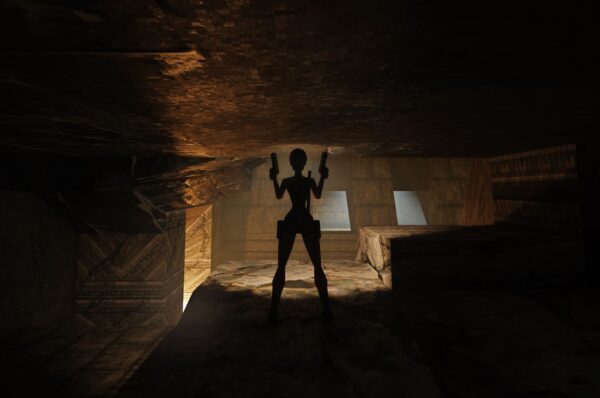
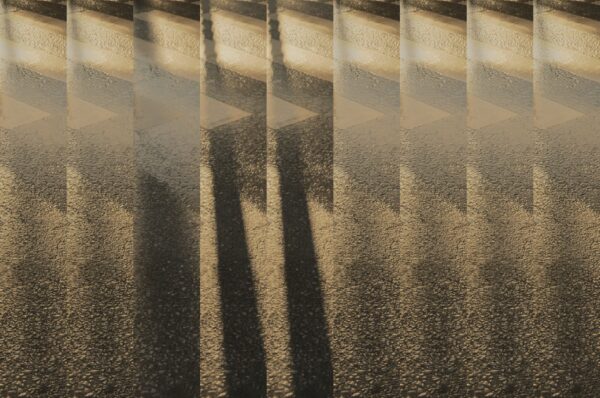
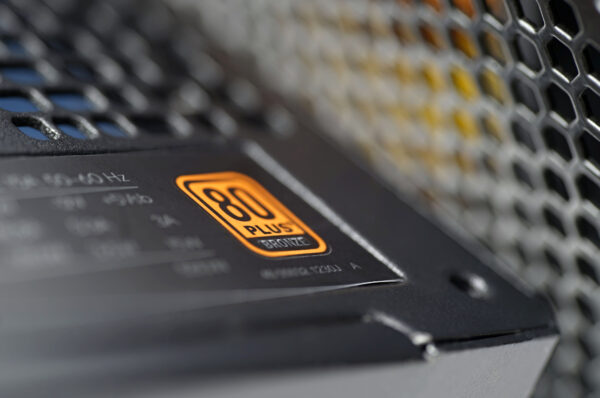
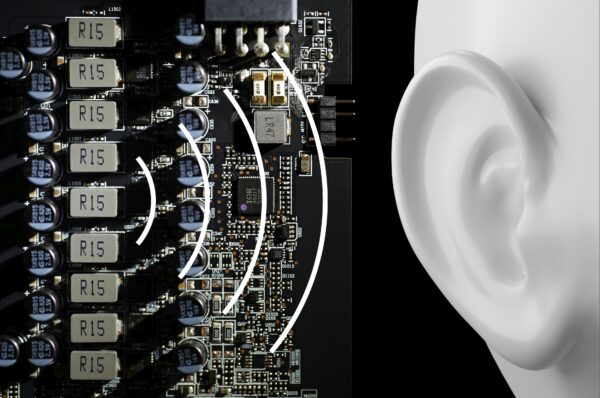
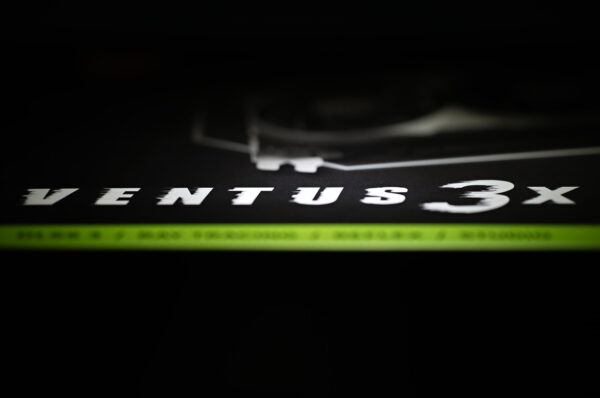
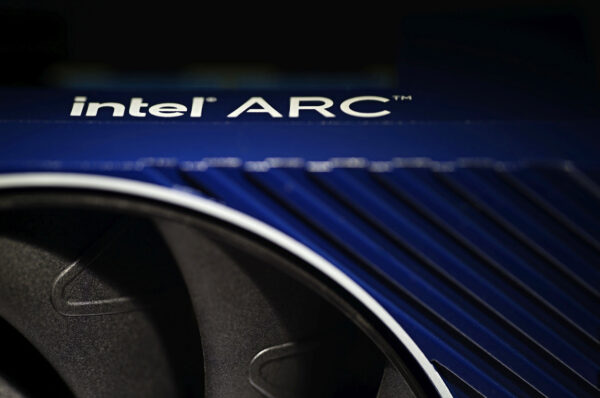
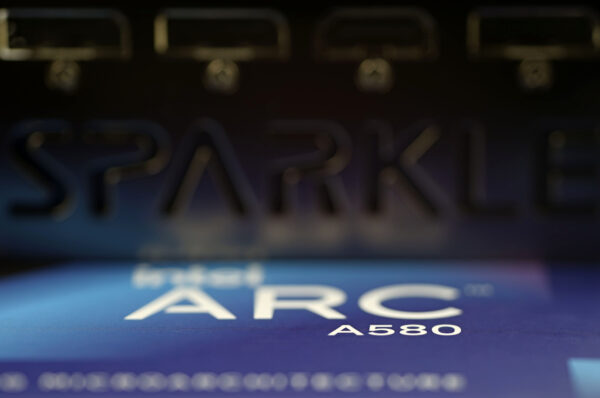
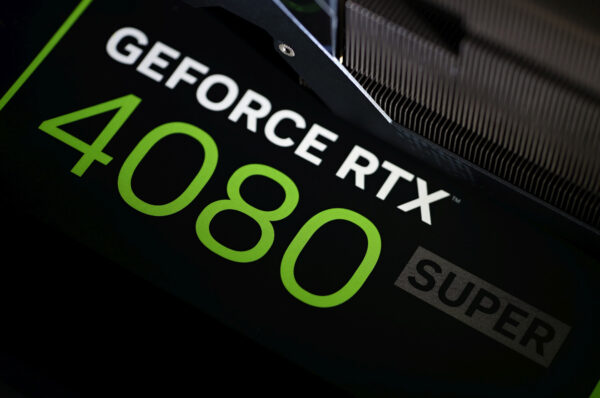
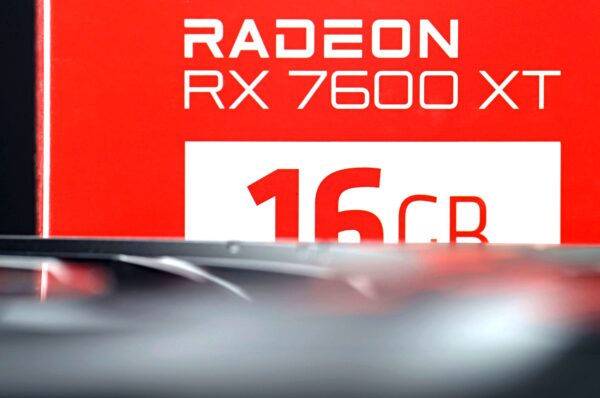



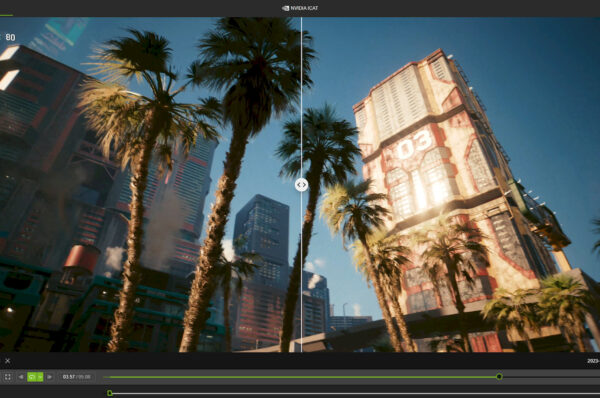

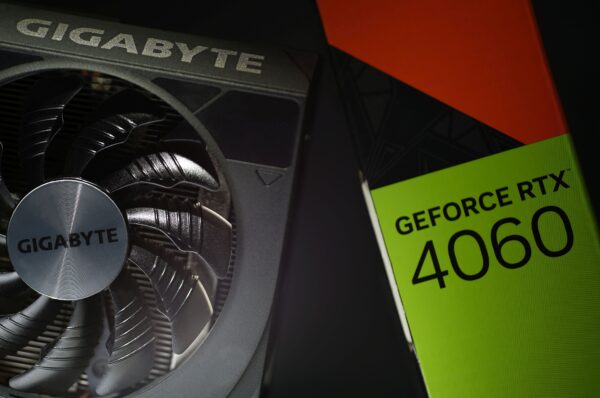



Latest comments